Reading the Art in
Caldecott Award Books
Reading the Art in
Caldecott Award Books
A Guide to the Illustrations
Heidi K. Hammond
Gail D. Nordstrom
ROWMAN & LITTLEFIELD
Lanham Boulder New York London
Published by Rowman & Littlefield
A wholly owned subsidiary of The Rowman & Littlefield Publishing Group, Inc.
4501 Forbes Boulevard, Suite 200, Lanham, Maryland 20706
www.rowman.com
16 Carlisle Street, London W1D 3BT, United Kingdom
Copyright 2014 by Rowman & Littlefield
All rights reserved. No part of this book may be reproduced in any form or by any electronic or mechanical means, including information storage and retrieval systems, without written permission from the publisher, except by a reviewer who may quote passages in a review.
British Library Cataloguing in Publication Information Available
Library of Congress Cataloging-in-Publication Data
Hammond, Heidi K., 1953
Reading the art in Caldecott Award books : a guide to the illustrations / Heidi K. Hammond and Gail D. Nordstrom.
pages cm
Includes bibliographical references and indexes.
ISBN 978-1-4422-3922-7 (cloth : alk. paper) ISBN 978-1-4422-3923-4 (pbk. : alk. paper) ISBN 978-1-4422-3924-1 (ebook)
1. Caldecott MedalBibliography. 2. Picture books for childrenAwards. 3. Childrens literatureIllustrations. 4. Illustration of books. I. Nordstrom, Gail D., 1959 II. Title.
Z1037.A2H36 2014
011.62'079dc23
2014016188
 TM The paper used in this publication meets the minimum requirements of American National Standard for Information Sciences Permanence of Paper for Printed Library Materials, ANSI/NISO Z39.48-1992.
TM The paper used in this publication meets the minimum requirements of American National Standard for Information Sciences Permanence of Paper for Printed Library Materials, ANSI/NISO Z39.48-1992.
Printed in the United States of America
This book is dedicated to the 2011 Randolph Caldecott Award
Committee who taught us how to look, and look again, and to the
Association for Library Service to Children for the opportunity to serve.
Acknowledgments
We would like to express gratitude to the following:
St. Catherine University professor emeritus Mary Wagner for introducing us to each other as new adjuncts;
the teachers and librarians attending our presentations at Minnesota Educational Media Organization and Minnesota Library Association conferences who wished for a book such as this which prompted us to write it;
the respondents to our survey on PUBYAC, LM_NET, child_lit, and MEMOList;
Vicki and Steve Palmquist, linchpins of the childrens literature community;
Aime Bissonette of Little Buffalo Law & Consulting;
our graduate assistants Lacey Rotier for her initial research and Emily Nisius for her continued research and writing support; and
St. Catherine University for the Faculty Research and Scholarly Activities Grant and for the opportunity to work together at their Scholars Retreat.
We are especially grateful to our family, friends, and colleagues who supported and encouraged us throughout the project. And, finally, we thank the illustrators of the Caldecott Award books, whose work inspires us.
Introduction
You have probably introduced many Caldecott Award Medal and Honor books to children. Like us, you may have pointed out the shiny gold or silver seal on the front cover and told your audience that the illustrator of the book you held in your hands had won an award for the most distinguished American picture book for children. You may have exclaimed over the cover illustration. Then, like us, you read the book and discussed the story, neglecting to mention ever again the art for which the book won the award. This, we believe, is quite common and very natural. Many of us are comfortable analyzing text but less comfortable analyzing art. Perhaps we dont feel we know enough about art to discuss it. It could be that we ourselves wonder why this book even won the award. What set this book apart from all the others in a given year?
Without an educational background in art, people sometimes feel inadequate talking about it. We know what we like, but we cant always articulate just what it is we like about it. Until the two of us served on a Caldecott Award Committee, we didnt feel confident about our knowledge of childrens book illustration. To prepare for our service, each committee member read several books and articles that we have listed in the bibliography in Appendix A. Then we learned a great deal more through discussions with the members of our award committee. We have continued to learn as we have written this book, and we are sure we have much more to learn as we continue to enjoy award-winning childrens literature.
In the entries following this chapter, we analyze and discuss the illustrations in selected Caldecott Award Medal and Honor books and explain why we think these books meet the criteria for the award. We hope that you will find our book useful when you share Caldecott Award books with children. What follows is the story of our experience serving on the 2011 Randolph Caldecott Award Committee, including committee member responsibilities and the process of selecting the medal winner. Then we explain why we wrote this book and how you might use it.
Our Caldecott Story
It is time-consuming and hard work but such a privilege to serve on the Caldecott Award Committee. As librarians, it ranks high on our list of professional accomplishments. To begin, we would like to share with you our paths to serving the American Library Association (ALA) and its division, the Association for Library Service to Children (ALSC), as book award committee members.
Gails Story
My election to the Caldecott Award Committee began with an appointment to the 2002 Newbery Committee. A mentor had recommended me to the ALSC president, who was making appointments. My work in establishing Newbery and Caldecott mock discussions in the state on behalf of the Minnesota Library Association was mentioned in the phone conversation when I was offered the position. As a youth services librarian in a public library, I had been active in the Minnesota library community but had not served on any ALSC committees at that point in my career.
After serving on the Newbery Committee, I was appointed to the ALSC Kids! @ your library Campaign Task Force (now the ALSC Public Awareness Committee), followed by the International Relations Committee (now dissolved). In the summer of 2008, I received a call from a member of the ALSC nominating committee asking if I would consider running in the spring 2009 election for the 2011 Caldecott Committee. While trying to maintain my composure, I was reviewing the timeline in my head: the election would take place the following spring; those elected would begin work the following January. Eighteen months felt like enough time to clear the decks to prepare for the task. However, I fully realized that being elected was a long shot, with sixteen candidates for eight open positions. Stunned and flattered, I agreed to run with little hope of garnering enough votes to win.
While I did no campaigning, I knew that my Newbery cohorts were supporting my run. My more recent committee work in ALSC had introduced me to more division members. And while I am not related to Ursula Nordstrom, the childrens book editor and publisher, I wondered if my famous last name might win me a few votes. When the election results were announced in May, I was among the eight candidates who won seats on the committee. Once again I was stunned and flattered. I remember returning to the web page with the ALSC election results several times before believing the news and allowing myself to get excited. In fact, I waited a few weeks to reveal the news to my family, friends, and colleagues. In the next eight months, the full committee would take shape with the appointment of the chair and six other members.
Next page
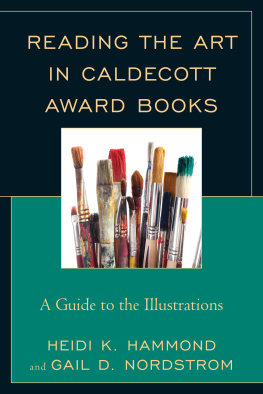
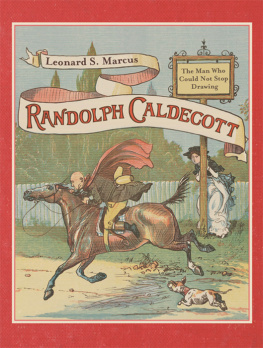

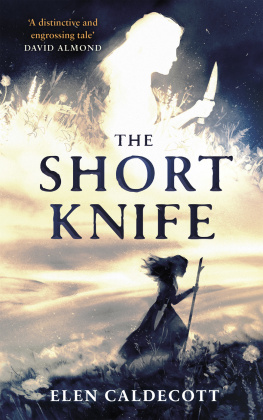
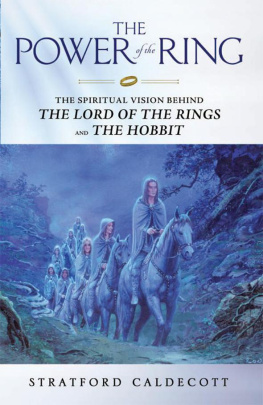
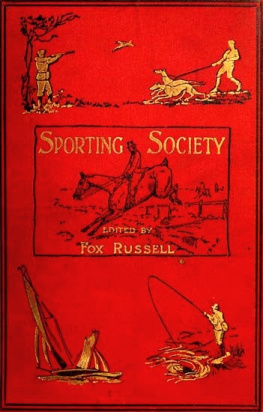

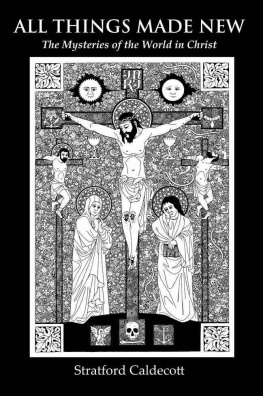

 TM The paper used in this publication meets the minimum requirements of American National Standard for Information Sciences Permanence of Paper for Printed Library Materials, ANSI/NISO Z39.48-1992.
TM The paper used in this publication meets the minimum requirements of American National Standard for Information Sciences Permanence of Paper for Printed Library Materials, ANSI/NISO Z39.48-1992.